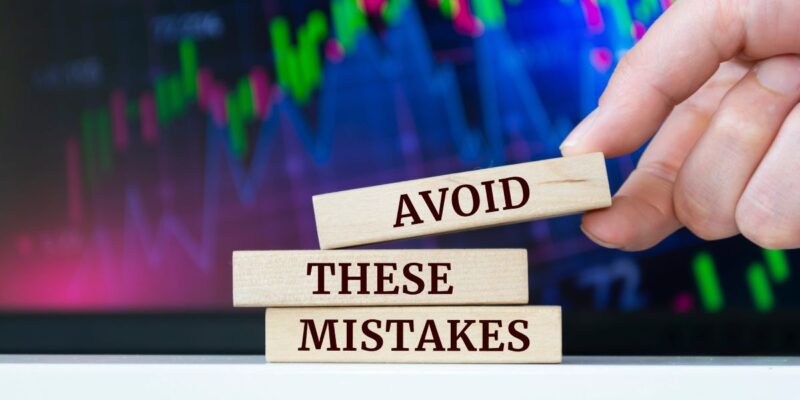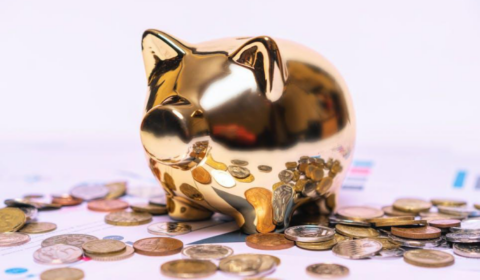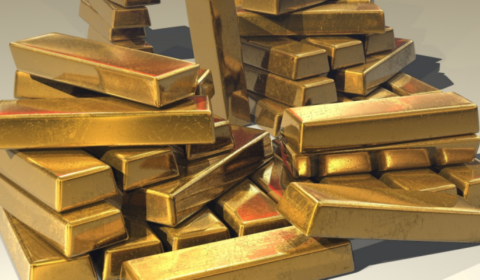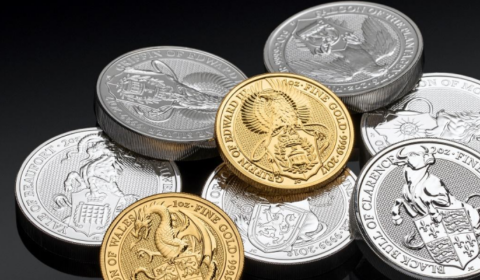Precious Metal Investment Tips to Avoid Common Mistakes

The following article is created by Orion Metal Exchange for the benefit of our investors and perspective investors alike. We seek to provide relevant content concerning precious metals and the impact caused by the economy and geopolitical trends that will most likely place impact on your financial future. If you are interested in learning about precious metal investing, call 1-800-559-0088, for a FREE investor kit.
Precious metals will continue to appreciate against fiat currencies and growing government deficits. Gold and silver have been deemed as a safe-haven investment by governments, central banks, and investors alike. But with every investment, a strategy should be in place and executed accordingly.
While diversifying in physical gold and silver is beneficial, there are a number of rules you should follow. Here are some precious metal investment tips to promote a positive investment result:
Implement a Realistic Investment Strategy
The economics of gold is straightforward. As an investor, you own gold to offset inflation and geoeconomic uncertainty. It’s important to remember that physical precious metals are a long-term investment as opposed to a get rich quick scheme.
Investing in gold and silver isn’t a ‘get instantly rich’ phenomenon. Many investors make the mistake of entering into a long-term investment with a short-term investment perspective. Gold is an investment vehicle that is used to protect value over time. Investors should utilize physical precious metals accordingly. For example, gold has outperformed the DOW Index for the past 20 years. The DOW Index was $18,857.26 in May of 2004 and is currently $38,686.32. Where gold was $385 per oz in May of 2004 and is currently $2,336 per ounce. It doesn’t take a rocket scientist to do the math in this comparison.
So, before you own gold or silver coins, implement a strategy, and stick to it. Otherwise, there will be a higher risk of loss from an otherwise profitable long-term investment. Maintain expectations by implementing a realistic strategy and approach physical precious metals as a long-term proposition. Consider the story of The Tortoise and the Hare. Be the hare. Wealth accumulation and protection is a long-term play. Act accordingly.
Properly diversifying your portfolio
Proper diversification is the key to long-term success, and you should never put all your eggs in one basket. A great way to increase your investment upside and protect against unforeseen circumstances is by diversifying your investment portfolio.
The primary advantage of diversification is the inclusion of assets that do not move in lockstep with each other. Traditional paper investments like stocks, bonds, and annuities generally perform poorly when inflation and geoeconomic uncertainty is present. Physical gold has historically demonstrated an inverse relationship with traditional paper assets. This means that gold’s performance does not follow the same patterns as paper assets. This non-correlation can provide a much-needed buffer during market uncertainty, helping to balance your portfolio and safeguard your wealth over time.
It’s also a good idea to diversify within the physical precious metal arena. Gold, silver, platinum, and palladium can be utilized in different physical forms and asset classes. Consider diversifying your precious metal holdings to better promote upside potential.
Comparing physical Gold and ETFs
Gold Exchange-Traded Funds (ETFs) and physical gold coins are two primary methods of investing in gold. One of the gravest mistakes you can make as an investor is assuming that they’re the same.
While physical gold is the direct method of owning and physically possessing the yellow metal, ETFs are essentially a piece of paper declaring that you hold individual shares without the ability to own or physically possess gold. The same rules apply for silver, platinum, and palladium when comparing physical precious metals to precious metal ETFs.
Precious metal ETFs must rely on a counterparty to make good on your investment. If the fund’s management, structure, chain of custody, operational integrity, regulatory oversight, or delivery protocols break down, your investment is at risk.
There is no counterparty risk when you own physical gold. No one is borrowing or loaning against your precious metal holdings and your investment is beholden to no one. With physical gold, you own the tangible asset. You can choose the product and verify the purity. As the official asset owner, you know exactly where your holdings are physically located, and you can take physical possession of the asset if you wish.
Unlike gold ETF’s, physical gold ownership enables investors to have complete control of their tangible precious metal assets.
A gold ETF is different from owning physical gold. An ETF offers the ability to trade paper based on the price movements against gold. You never own tangible gold with an ETF, and with up to 100 paper investment claims per physical ounce of gold, there are no guarantees. If you’d like to gamble or speculate, then consider a gold ETF. If you are looking to hedge and stabilize, consider owning physical gold.
FAQ: Your Key to Understanding!
What are the most common mistakes people make when investing in precious metals?
Choosing the wrong precious metal dealer. It is important to carefully research a dealer through reputable review sites such as BBB, Trustpilot, Consumer Affairs, Retirement Living, and Google customer reviews. Only work with precious metal companies that provide online product purchase pricing. Otherwise, prepare to receive less metal for your money at purchase and less money for your metal at liquidation.
What should I consider before investing in precious metals?
Investors should consider a core position in precious metals to be appropriately hedged and diversified. Beyond a core position, consider acquiring additional precious metals on market dips.
What are the best practices for securing physical precious metals?
Call Orion Metal Exchange and you can guarantee purchase pricing with a phone call. The common ways investors secure gold is through accredited retirement accounts, commercial insured depositories, and insured home delivery.
Orion Metal Exchange is the premier precious metals IRA company. If you’re looking to invest in gold or silver coins and you’d like to locate the best precious metals IRA program, reach out to us today. We also offer commercial insured storage options and insured home delivery.






